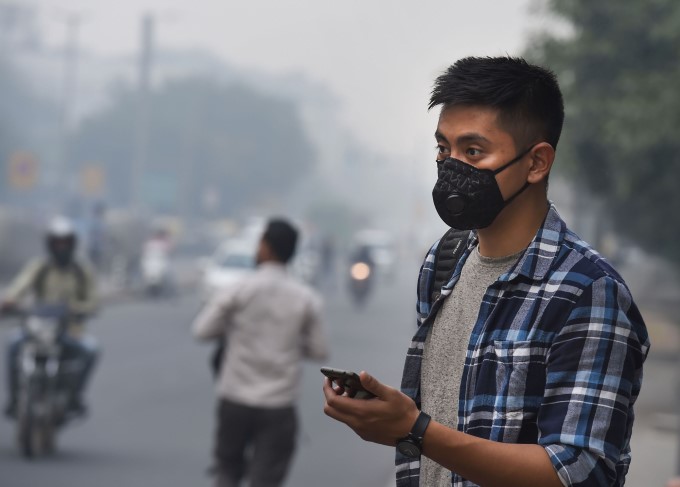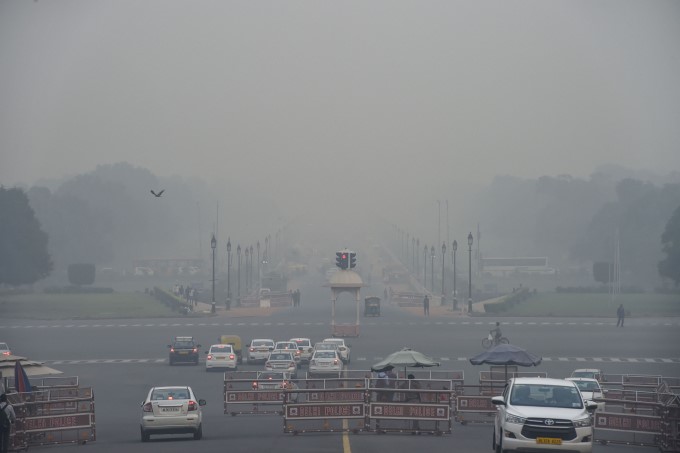Every year, Delhi and its surrounding areas are subjected to a dangerously low air quality environment due to crop residue burning by farmers from Punjab, western Uttar Pradesh, and Haryana. Without an economically feasible alternative, by burning the stubble, the farmers can quickly clear out the fields when they are harvested.
Why is it bad?
Meteorological conditions that can lead to temperature inversions, which trap smoke in place, occur with falling temperatures and slow wind speeds. With winter approaching, the smoke from stubble burning alongside other detrimental pollutant sources such as vehicular emissions, industrial pollution, construction, and the burning of firecrackers to an extent gets trapped in place, forming a haze or smog. The common constituents of said smog include particulate matter, ultrafine particulate matter, sulphur dioxide, nitrogen dioxide, carbon monoxide, ozone, and ammonia, all of which pose a threat to the health of humans.
Particulate matter notably PM2.5 (diameter size below 2.5µm) poses the greatest health risk, as they can enter the respiratory system as far as into the lungs and bloodstream. Exposure to this particulate matter can affect health in the short-term by causing irritation to the eyes, nose, throat and lungs, eye, coughing, sneezing, runny nose, and shortness of breath. It can also worsen the health conditions of people with existing respiratory illnesses, such as asthma. Apart from health, the economy and environment are also impacted.

Air quality in Delhi NCR can drop to hazardous levels during early November. As per the records, on 7 November 2016, the PM2.5 levels in Delhi shot up to a high of 999, the recommended level being 60. While PM10 levels shot to 999 (the maximum level for the monitors), instead of the recommended limit of 100.
The study, the Air Quality Life Index conducted by the University of Chicago, found that people in northern India are still the worst affected by air pollution, with about 510 million people losing an average of 8.5 years of their lifespan if 2019 pollution levels persisted.
It is thus important for various authoritative bodies to come up with policies and alternatives to stubble burning and mitigation of pollution from other sources.
How does Covid-19 come in?
Studies have shown that long-term exposure to air pollutants and PM2.5, increases the severity of covid-19. As previously mentioned, the smog aggravates existing medical conditions as with covid-19. This spells disaster for such persons with poor health conditions. As the third wave is looming atop the country, necessary actions have to be put in place to limit the spread of the virus and its consequent impacts.
Oynessa Laloo Marbaniang

Oynessa is an Environmental Science major who is looking to make an impact through written media.

